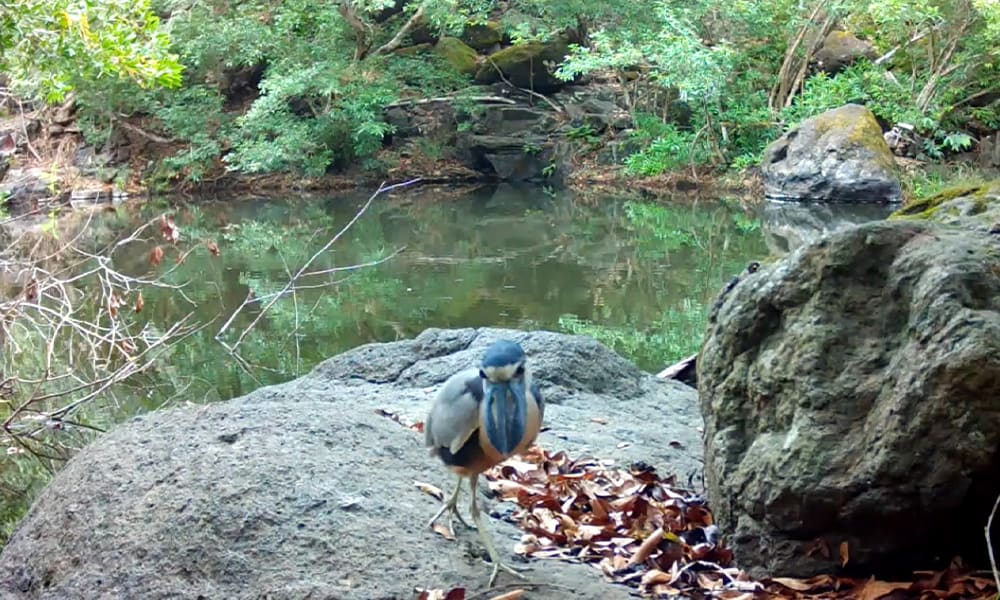There’s a lot to like about the boat-billed heron. Its beak is so disproportionally large that it looks like it shouldn’t exist, it makes a crazy noise, and its Spanish name is fantastically fun to say. So what are we waiting for? Let’s meet the boat-billed heron.
The boat-billed heron (Cochlearius cochlearius – a name so nice, they used it twice) has two names that I’m aware of in Spanish. The first is pico-cuchara. The second is one of my favorite animal names to say in Spanish, chocuaco. I don’t know why I love saying it, but I do.
The boat-billed heron is a wild looking bird. Its most distinguishing feature is its preposterously large bill. The bill is all black and hugely wide, with a groove running down the middle. It looks like they have a black shovel hanging off the front of their faces.
Their other features include big black eyes, ash-gray feathers on their backs, their bellies are rust colored, and they have some black on their wings. Another fun feature is a black crest on their heads that can transform from appearing like slicked-back mafia-guy hair when they’re calm to sticking straight up kind of like a cockatoo when they’re fired up.
Chocuacos can be found along the waterways and coasts throughout Costa Rica. They’re nocturnal, doing most of their hunting at night. Under the cover of darkness, they patrol wooded riverbanks, swamps, streams, estuaries, and mangroves for their prey. They use their huge beaks to gobble up mollusks, insects, crabs, shrimp, small fish, and pretty much any other creature that lives in the shallows and isn’t too large to swallow.
I’m always sure to place camera traps on the shrinking ponds of once flowing rivers in Guanacaste during dry season. Boat-billed herons frequent these ponds at night, wolfing down the little fish that no longer have a place to hide. I’ve also recorded a heron using a crocodile to help it fish.
The little croc was using its body and long tail to corral fish against the edge of one of these small dry-season ponds. When the fish attempted to dart back into the deep end, the crocodile would grab what it could. The heron stood in a few inches of water, just off the bank, and gobbled down the fish that the crocodile was pushing in its direction. The crocodile was unknowingly delivering an easy meal to the heron.
I see boat-billed herons frequently in the wild. I often hear them before I see them. During the day they roost in groups in trees that overhang bodies of water. When I approach, they begin making their insane cackling-laugh noises that you need to hear for yourself. After their alarm call, they frequently poop into the water, giving away their location (somewhere above the poop).
I had a project for a few years in Guanacaste where I found a boat-billed heron nesting site. Every year a group of them would construct little stick nests in the trees that jutted out over the water. I would visit periodically to watch the eggs transform in the fuzzy chicks with hilariously big beaks.
Since they’re nocturnal, nearly all of my boat-billed heron videos are in black and white. I managed to get a daytime video recently, which is nice because you can better appreciate their colors. Take a look at that clip and a few more in the video below.
About the Author
Vincent Losasso, founder of Guanacaste Wildlife Monitoring, is a biologist who works with camera traps throughout Costa Rica. Learn more about his projects on facebook or instagram. You can also email him at: vincent@guanacastewildlifemonitoring.com






